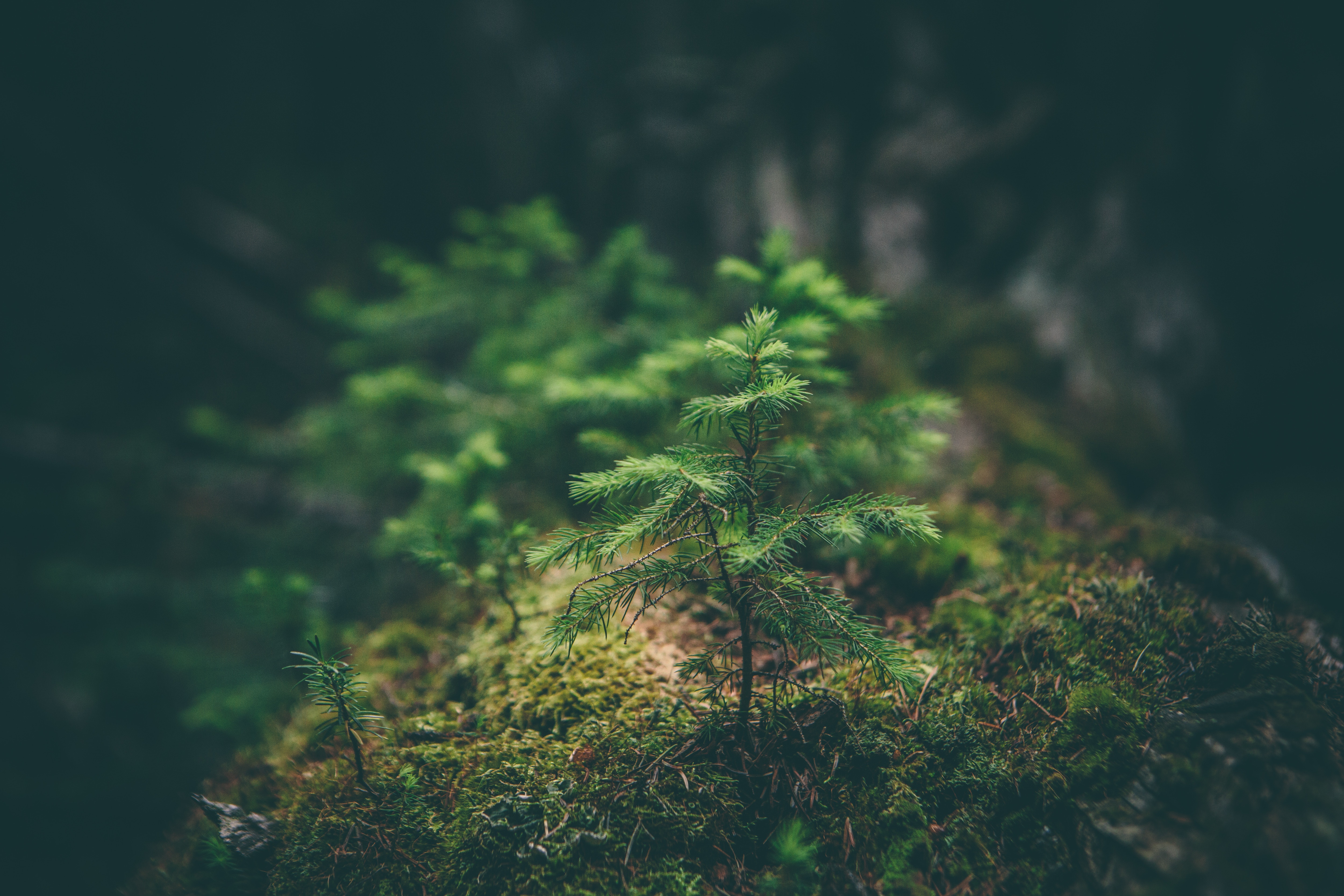
Building a Restorative Economy: Harnessing Carbon and Natural Capital
In our pursuit of global and business health, there is a resounding call to construct a restorative economy that recognizes the value of carbon as nature's currency and integrates it into every bottom line. The benefits of clean energy are already well-established, extending beyond its positive impact on our families and the environment. It also presents remarkable job opportunities and significant economic potential. At Cool Hive, we firmly believe that embracing a low-carbon approach is an opportunity for design innovation that can reshape our entire system. By drawing inspiration from nature, we can discover methods to rectify the environmental damage wrought during the industrial revolution. By adopting a systemic perspective during the design phase, we can conserve resources and save money, setting the stage for what promises to be a transformative era—the Restorative Revolution of the 21st century. It is within this context that we find the greatest financial prospects lie in businesses that align their designs with the principles of the natural world.
Looking to the forest for business advice.
One invaluable source of business inspiration can be found in the forest ecosystem, which inherently operates as a restorative economy. Forests exemplify circular systems where resources circulate and support the entire spectrum of life within. Plants, animals, and microorganisms coexist and function together, with even decaying matter serving a crucial role in sustaining the overall health and vitality of the ecosystem. Cool Hive places a spotlight on business protocols, tools, techniques, and designs that often mirror the efficiency and resilience of ecosystems. By collectively evolving and restoring existing systems, we have the opportunity to work in harmony with nature's restorative cycles, enhancing their circularity and overall effectiveness.
To further this vision, it is essential to understand the concept of natural capital—a fundamental pillar of a restorative economy. Natural capital refers to the Earth's stock of natural resources and ecosystems, which provide invaluable services and benefits to humanity. These include clean air, water purification, climate regulation, soil fertility, biodiversity, and countless others. Just as financial capital fuels economic growth, natural capital underpins our societal and economic well-being. However, our current economic models often fail to account for the true value of natural capital, leading to its depletion and degradation. Embracing a restorative economy necessitates recognizing the irreplaceable worth of natural capital and incorporating it into our decision-making processes and business practices.
As we embark on this transformative journey toward a restorative economy, it becomes evident that our future success hinges on adopting holistic and regenerative approaches. By acknowledging the intrinsic wisdom of natural systems and aligning our actions with their principles, we can forge a path towards sustainability and prosperity. The Restorative Revolution presents an opportunity for businesses to become stewards of both financial and natural capital, embracing practices that simultaneously drive economic growth while nurturing the health and resilience of our planet.
In the midst of the challenges we face, Cool Hive remains committed to shedding light on the innovative solutions, designs, and strategies that will shape a restorative economy. By embracing the wisdom of nature and emulating the efficiency of ecosystems, we can collectively restore and improve the systems already in place, ensuring they operate in a circular and restorative manner. As we navigate this paradigm shift, the concept of natural capital will become increasingly relevant, as its preservation and wise utilization will be vital to our long-term well-being. It is through the integration of natural capital and carbon as integral components of our economic systems that we can forge a sustainable path forward.
As we continue to learn from the forest and other natural ecosystems, we unveil a wealth of knowledge that can inform and inspire our business practices. Let us embrace the opportunity to evolve, restore, and re-imagine our systems, harnessing the power of the restorative economy to create a prosperous and harmonious future for all.
Article by Daisy Carlson Photo by Matthew Smith / Unsplash